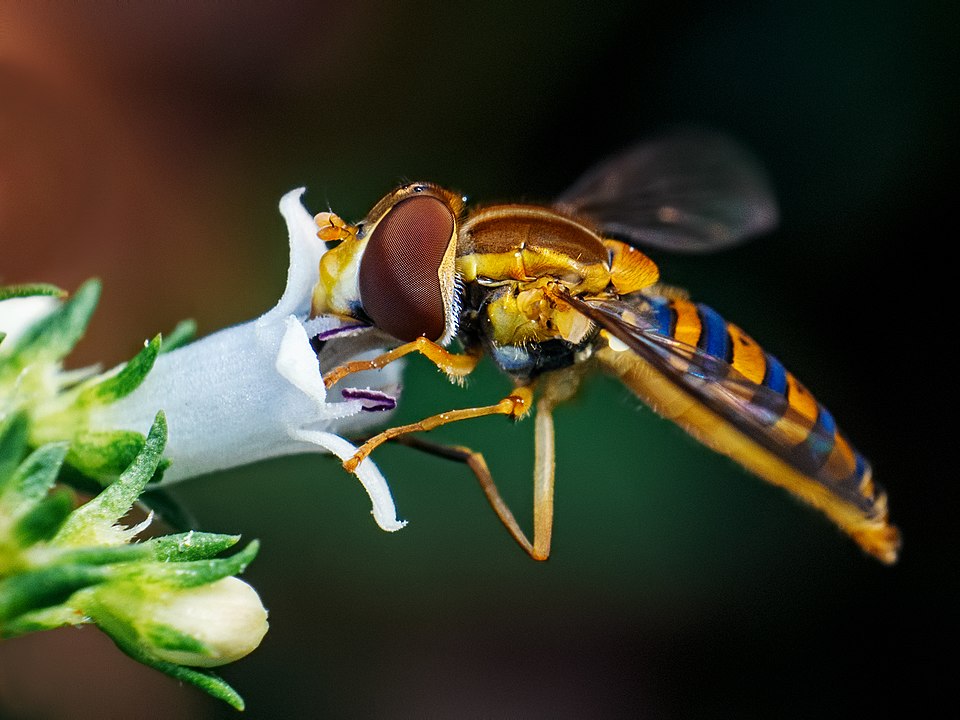
Syrphidae
The hoverflies that mimic bees and support ecosystems
Overview
Syrphidae, commonly known as hoverflies or flower flies, is a large family of flies comprising over 6,000 species worldwide. They are renowned for their ability to hover in place and for their striking mimicry of bees and wasps. Though they resemble stinging insects, hoverflies are harmless and play a vital role in pollination and pest control.
Physical Characteristics
Hoverflies often display black and yellow banding, large compound eyes, and streamlined bodies that help them resemble bees or wasps. Their wing movement allows them to hover with remarkable precision, an ability that is both useful for feeding and for evading predators.
Distribution and Habitat
Syrphid flies are found on every continent except Antarctica. They thrive in a variety of habitats including forests, grasslands, wetlands, farmlands, and urban gardens. Adults are commonly seen on flowers, feeding on nectar and pollen.
Pollination Role
Syrphidae are important pollinators, visiting a wide range of flowering plants. In ecosystems and agricultural systems where bee populations are under threat, hoverflies contribute significantly to plant reproduction, especially for crops and wildflowers.
Larval Diversity and Functions
The larvae of syrphid flies vary widely depending on the species. Some are aphid predators, making them valuable allies in natural pest control. Others are detritivores, feeding on decaying organic matter, while some are aquatic and live in stagnant water. This ecological diversity makes the family highly adaptable and beneficial.
Mimicry and Defense
Many Syrphidae species exhibit Batesian mimicry, where harmless flies mimic the appearance of bees or wasps to avoid predation. Their coloration and flight patterns deceive predators into thinking they are dangerous, though they do not sting or bite.
Scientific Importance
Syrphid flies are frequently used in ecological and agricultural studies. Their roles in pollination, pest suppression, and ecosystem health make them key indicators of environmental change and biodiversity.
